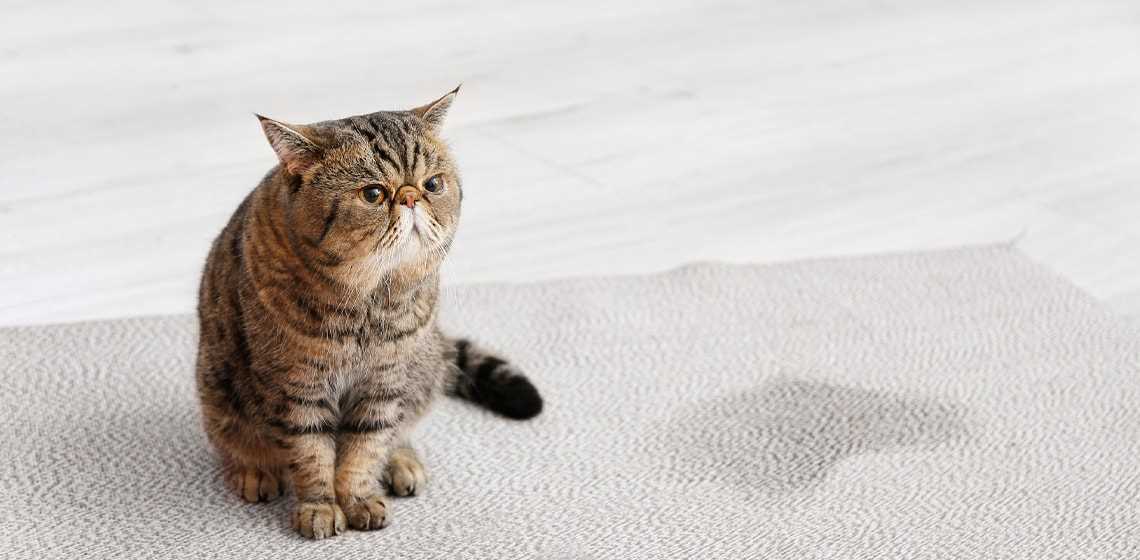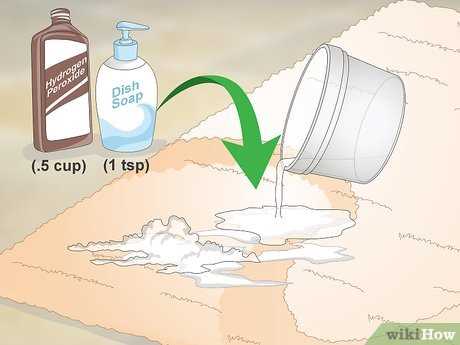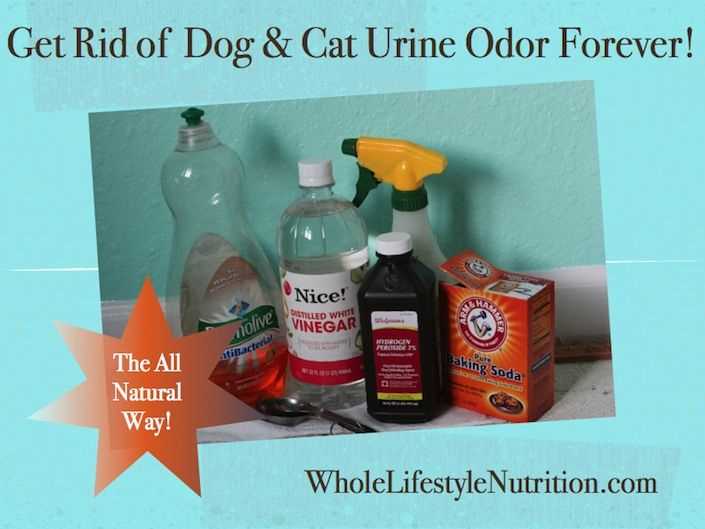



White vinegar is a powerful tool in tackling unpleasant odors. Mix equal parts of vinegar and water in a spray bottle, then generously apply the solution to the affected area. Allow it to sit for about 10 minutes before blotting with a clean cloth. This method neutralizes odors effectively.
Baking soda serves as another excellent odor absorber. After treating the area with vinegar, sprinkle a layer of baking soda over it. Let it sit for several hours or overnight, and then vacuum it up. This will help to eliminate any lingering scents.
For persistent issues, enzymatic cleaners are a great option. These products contain natural enzymes that break down odor-causing substances. Follow the instructions on the label, applying it directly to the stained area and allowing it to dry completely.
Regularly cleaning your flooring with a mixture of mild detergent and water can prevent odors from building up over time. Use a damp cloth to wipe the area, ensuring you do not oversaturate, as excess moisture can lead to mold growth.
Lastly, consider using an air purifier to help improve the overall scent in your space. It can help filter out unpleasant odors and improve air quality. This is a great addition to maintaining a fresh environment.
Eliminating Unwanted Odors from Textiles
First, soak a clean cloth in a mixture of white vinegar and water (1:1 ratio). Blot the affected area gently, allowing the solution to penetrate fibers. This neutralizes odors effectively.
Next, sprinkle baking soda generously over the damp spot after blotting. Let it sit for several hours or overnight. Baking soda absorbs lingering odors and moisture.
Consider using enzymatic cleaners specifically designed for organic stains. Apply according to the instructions on the label for optimal results.
After treatment, vacuum the area to remove baking soda residue. Follow up with a rinse of plain water to ensure no cleaning solution remains.
For persistent odors, repeat the process. Regular maintenance with these methods can keep textiles fresh.
- Always test cleaning solutions on a small, inconspicuous area first.
- Ventilate the room while cleaning to help dissipate odors.
- Keep moisture levels down to prevent future issues.
Identify the Source of the Odor
First, locate the specific area where the unpleasant aroma originates. Use your nose to sniff around and focus on spots where I might have marked my territory. Pay attention to corners, edges, and under furniture.
Next, check for any visible signs, like dampness or discoloration. Sometimes, the stain isn’t immediately visible, especially if it’s soaked deep into the fibers.
Consider using a black light, as it can reveal dried spots that might not be apparent in regular light. The urine will glow under UV light, pointing you directly to the source.
Once you identify the exact locations, mark them with tape or a small object, so you don’t lose track of where to clean.
| Method | Description |
|---|---|
| Nose Test | Sniff around the area to identify strong odors. |
| Visible Signs | Look for discoloration or dampness in the carpet. |
| Black Light | Use UV light to detect invisible stains. |
| Marking | Use tape or an object to mark identified spots. |
Identifying the precise location allows for targeted cleaning, preventing future incidents and helping keep my space fresh.
Choose the Right Cleaning Solution

Enzymatic cleaners are my top choice for tackling stubborn odors. These products break down organic matter, effectively neutralizing the unpleasant fragrances. Look for those specifically designed for pet-related issues.
Types of Cleaners

- Enzymatic Cleaners: Ideal for organic stains. They target the source and help prevent re-marking.
- Vinegar Solutions: A mixture of equal parts water and white vinegar can help mask odors temporarily.
- Baking Soda: This can absorb odors when sprinkled on the area after cleaning.
Always test any solution on a small, inconspicuous area of the fabric first to ensure it doesn’t damage the material. If you want to take cleaning to another level, consider using a best pressure washer for pressure washing business for deep cleaning larger areas or outdoor carpets.
Application Tips
- Blot the affected area with paper towels to remove excess liquid.
- Apply the chosen cleaner generously to saturate the stain.
- Let it sit for the recommended time before blotting again.
- Rinse with clean water and blot dry.
Use Proper Cleaning Techniques
First, absorb as much liquid as possible using paper towels or a clean cloth. Blot the area gently; rubbing can spread the issue. After soaking, it’s time to apply a cleaning solution. I recommend a mix of equal parts white vinegar and water for its natural deodorizing qualities.
Spray the mixture onto the affected spot, ensuring it penetrates the fibers. Let it sit for 5-10 minutes to break down the odor-causing compounds. Afterward, blot the area again to remove excess moisture.
For stubborn odors, consider using baking soda. Sprinkle a generous amount over the damp area and let it sit overnight. This will absorb remaining scents. Vacuum thoroughly the next day to remove the baking soda.
Rinse the area with clean water after cleaning to eliminate any residue from the solution. Finally, allow the area to air dry completely. This prevents the return of any lingering odors.
Neutralize Remaining Odors
To tackle lingering scents, consider using a solution of equal parts water and white vinegar. Spray this mix on the affected area and let it sit for around 15 minutes before blotting with a clean cloth. This method not only helps in eliminating odors but also neutralizes the pH of the stain, reducing the chances of future occurrences.
Another effective option is baking soda. After cleaning, sprinkle a generous amount on the area and let it absorb overnight. Vacuum it up the next day. This will draw out any remaining odors and leave the area smelling fresh.
For persistent issues, enzymatic cleaners can be beneficial. These products break down odor-causing substances at a molecular level. Follow the manufacturer’s instructions for the best results. Always test a small area first to ensure no discoloration occurs.
In addition to cleaning, consider using air purifiers or natural odor absorbers like activated charcoal around your home to keep the air fresh. Regular maintenance of your space can help prevent the return of unwanted scents.
Also, ensure that your furry friend is comfortable and healthy. Sometimes, lingering odors can be linked to health issues, so it might be worth exploring options for flea and ear mite treatment for cats if necessary.
Prevent Future Incidents

To minimize future mishaps, establish a consistent routine for litter box maintenance. Scoop daily and change the litter weekly to ensure a clean environment. Consider using a litter that absorbs odors effectively, keeping the area fresh.
Train your human to recognize signs of discomfort or stress in me. Providing multiple litter boxes in different locations can help, especially if I have preferences for certain spots. This also reduces competition for bathroom space.
Regular vet check-ups are important. Health issues can lead to behavioral changes, including accidents. If I’m feeling unwell, it might result in inappropriate elimination.
Create a calm atmosphere at home. Stressful situations, like loud noises or new pets, can trigger anxiety. Provide safe spaces where I can retreat and relax. Ensuring I have plenty of playtime and stimulation will keep me happy and less prone to accidents.
Consider using pheromone diffusers. These can create a more comforting environment for me, potentially decreasing anxiety-related behaviors. Keeping me mentally and physically engaged is key.
Finally, reward me for using the litter box correctly. Positive reinforcement encourages good habits. A little treat or praise goes a long way in maintaining a clean home!
Consider Professional Cleaning Options
When all attempts fail, calling in experts can be the best solution. Professional cleaning services have specialized equipment and solutions designed to tackle stubborn odors and stains. Look for companies that specifically mention experience with pet-related issues.
Before hiring, check reviews and ask for recommendations from friends or online communities. Ensure the service uses pet-safe cleaning products and methods that won’t damage your flooring.
Request a consultation to assess the situation and provide an estimate. This step helps in understanding what techniques they will use, whether it’s steam cleaning, enzymatic treatments, or other advanced methods.
Keep in mind that some services may offer guarantees or follow-up treatments if the odor persists. This can provide peace of mind knowing that you have support in case the issue isn’t fully resolved.










